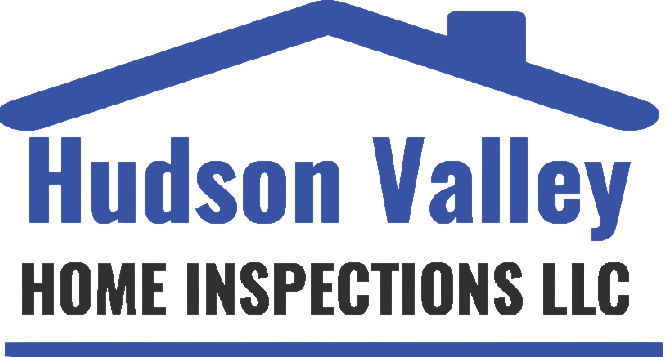Licensed and certified Residential Thermography located in Newburgh, New York, serving the Hudson Valley, New York reagon.
A licensed and certified residential thermography service is essential for assessing the energy efficiency of homes. Thermographic inspections can detect air leakage and insulation deficiencies in walls, ceilings, and floors, leading to increased energy costs. By identifying these issues early on and taking appropriate steps to address them, homeowners can save money on their monthly utility bills. A licensed and certified residential thermography service also helps ensure that a home is safe by detecting any potential fire hazards caused by faulty wiring or overloaded circuits before they become serious problems.
Is Residential Thermal Imaging Worth It?
Thermal imaging is worth it for a variety of reasons. This type of inspection uses infrared technology to detect temperature differences in walls, roofing, and other areas of the home that can indicate potential issues within the structure. Thermal imaging can also help identify signs of moisture intrusion, pest infestations, mold growth, and energy loss due to air leaks or inadequate insulation.
Get A Quote
To cut down on your waiting time, simply book your appointment online.
What Happens in Residential Thermography?
Residential thermography is a process used to detect energy loss and air leakage in residential homes. An infrared camera measures the surface temperature variation of the home's exterior walls, windows, doors, and other surfaces. Thermal images can then be analyzed to identify any areas that may cause energy losses or heat transfer from outdoors into the living space. The results are then considered when developing improvement plans or making repairs to maximize efficiency within the home.

